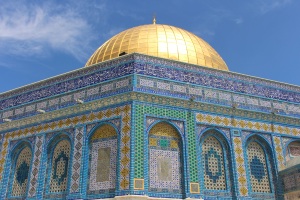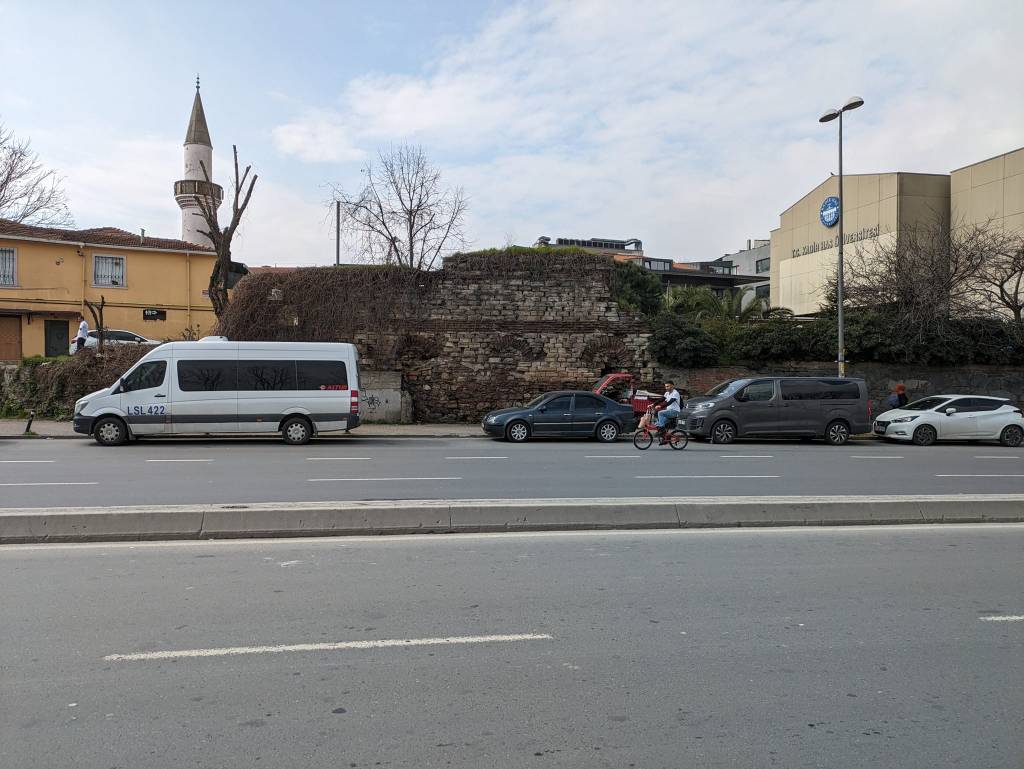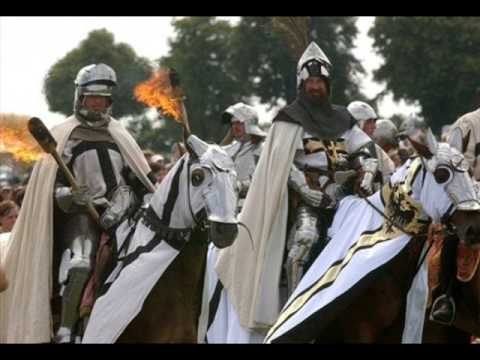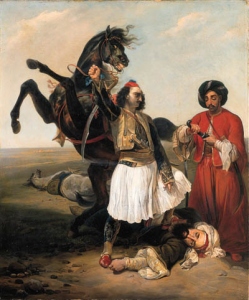
I have always been interested in the history of the Temple Mount in Jerusalem. Why is there a mosque sitting on the site most sacred to the Jewish religion?
The Al Aqsa mosque sits upon a rocky outcropping at the centre of the temple mount. This is alleged to be the rock where Abraham was ordered to sacrifice his son by Jehovah. When he demonstrated his obedience God stayed his hand, so the dogma goes.
I have my own ideas on this. I believe that Abraham was an intelligent Rabbi and spiritual leader of his people. He figured out that you did not have to kill people to worship God. For me the lesson here is “Don’t kill children, you can substitute them with a Goat or a Lamb, or a Dove, or a Fatted Calf.”
Abraham is important because he is a father to three religions, Judaism, Christianity and Islam. All three lay claim to his legacy.
The rock on the temple mount became the central focus of the Jewish religion. At some time around 832 BCE Solomon is held to have constructed the First Temple. However there is no archaeological record for this construction. This temple was allegedly destroyed by Nebuchadnezzar after the siege of Jerusalem in 589-587 BCE. The Jews were clearly a problem for the Babylonians who felt it necessary to exile the leadership to their capital where they could monitor them.
In 538 BCE Cyrus the Great allowed the Jewish leaders to return to the city of Jerusalem. They immediately set about re-establishing the temple, but not without opposition from others in the area. Some form of Jewish Temple existed on Mount Zion until the Hellenistic Period.
Following the conquest of the east by Alexander the Great, and the division of his empire, Judea became a pressure point between the Ptolemaic Egyptian lands and the Seleucid lands. In 167 BCE Antiochus III drove out the Egyptians under Ptolemy V. The Seleucids clearly saw the Jews as loyal to the Ptolemies and set about reducing their power base. The temple was looted, services were stopped and the buildings were dedicated to Zeus. Judaism was effectively outlawed.
In 160 BCE following the revolt of the Maccabees the Temple site was again back in Jewish hands and was cleansed and re-dedicated.
Between 20 and 18 BCE the temple was totally rebuilt by Herod the Great, a client king of the Roman Empire. This is the Temple where the Christian Jesus is alleged to have overturned the tables of the moneychangers.
The temple was the centre of Sadducee control of Judaism. Jesus was from a Pharisee sect and did not hold that worship needed to be tied to a particular pile of stones. The money changing incident was a demonstration of belief by Jesus. Abraham said “don’t kill children – kill animals instead” and Jesus said “don’t kill animals – the simple act of breaking your daily bread can be worship of God”.
This is not a message designed to sit well with the Sadducees, who made a profit on every sacrificial animal sold on the temple mount, and who also made a fortune on the Currency Exchange market when the rural hicks found that their silver was no good in the temple. They had to buy “Temple Silver” to purchase their sacrifice. No wonder the Sadducees had a problem with Jesus! He was threatening their entire economic foundation.
Ignoring the economics and religious dogma, the Jews were not comfortable citizens of the Roman Empire, and rose up in rebellion (notice a pattern here?). The “Great Revolt” lasted from 66-70 CE.
The Roman Emperor Vespasian sent in his son Titus, who besieged Rome in 70 CE, punished the population and burned the temple to the ground. The destruction of the temple removed the power base from the sects that were centralised there. In this power vacuum the new “Christian“ religion was able to prosper.
The subsequent Bar-Kokhba revolt in 132-136 CE sealed the fate of the Temple Jews, who were massacred by Hadrian’s troops in large numbers. It also firmly established the distance between Judaism and Christianity. Following the revolt both Sects were barred from Jerusalem.
By this time the Christians had already established Golgotha as their primary site of worship. There is no doubt that the Jews would have had issues with Christian worship on the Temple Mount, despite their common link to Abraham.
The Christians therefore opted to venerate the site of Christ’s death and the associated tomb. When Hadrian expelled the Jews and Christians from the city he had a temple dedicated to Venus constructed on the Christian site, presumably to remove their power base.
From here we roll forward to the construction of the Church of the Holy Sepulchre on Golgotha. In 325/326 CE Constantine the Great began construction of two interlinked churches over the tomb and the peak the hill of Calvary. This firmly established the Christian centre of Jerusalem as separate to the Jewish site.
Under Byzantine rule the Jews and Samaritans faced increasing persecution which led to a number of Jewish and Samaritan revolts. The final revolt occurred when the Jews sided with the invading Sassanid Empire against the Byzantines. In 602 CE under Sassanid occupation the Jews re-established control over Jerusalem for a short time, but the Sassanids ended up siding with the majority Christian population by 617.
The Jews then played the other side of the coin and supported the reconquest of Jerusalem by the Byzantines under Heraclius in 630 CE. There were attempts by the Jews to re-establish a temple on Mount Zion during the Sassanid occupation and during the subsequent Byzantine re-occupation, but they were torn down and the site was left as a ruin. It seems no ruler wanted to see the rise of a new Jewish power base.
So it was when Umar led the victorious Islamic armies into Jerusalem in 638 CE. By agreement with the Christian Bishop his entry was a peaceful one. Umar was invited to pray at the Holy Sepulchre. He declined on the basis that Muslims might subsequently claim it as a Mosque, and invalidate his promise to protect Christian interests. Instead he had the Temple mount cleared, and constructed a wooden mosque on the site.
Umar found a prime piece of real estate in Jerusalem, at the heart of the city, good location, nice views and absent of a formal place of worship. So he took it over.
Subsequently the Ummah defined the site as “The Furthest Mosque” (al-Masjid al Aqsa), revealed to Muhammed on his mystical night journey undertaken in 621 CE. This cemented the al-Aqsa Mosque as the third holiest site in the Islamic world.
Over the years Caliphs improved the mosque. It was destroyed by an earthquake in 746 and rebuilt. It was destroyed by another earthquake in 1033 (a religious Jew might take this as a sign). The current mosque largely dates from the 1035 reconstruction.
Under Crusader rule of Jerusalem from 1099 to 1187 the Al Aqsa was used as a palace. It was restored as a mosque by Saladin and has remained as such to the present day.
During the six day war in 1967 when the Israeli forces gained control of the old city of Jerusalem they secured Jewish access to the Western Wall. There were suggestions from some hawks that only a few sticks of dynamite stood between the Jews and their ancient site of worship. But cooler heads prevailed on that day.
-=o0o=-
This site is available for free and I make no money from any ads you see here. If you would like to show your appreciation feel free to leave a comment or you can buy me a coffee! http://buymeacoffee.com/DonalClancy








